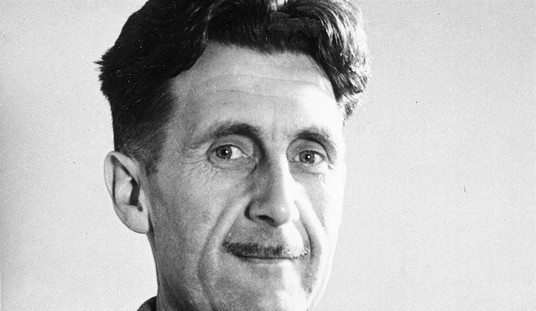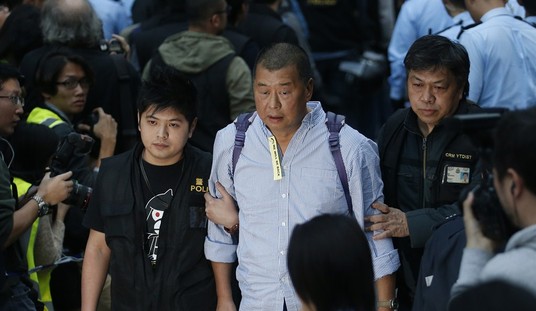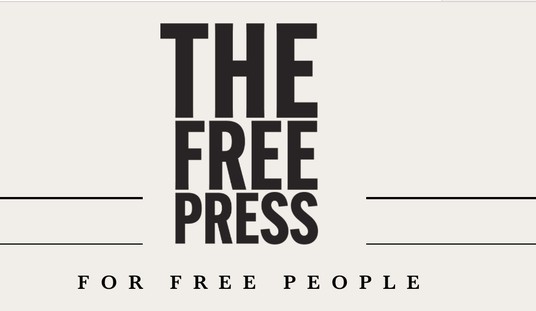Both Dr. James Joyner and Bloomberg’s Peter Orszag are looking into a rather puzzling pair of statistics from the labor market this week. Posted job openings around the country are up roughly 50%, but new hires have only risen by 5%. What can account for the disparity in these numbers? It would seem that if companies are posting that many more openings, surely hiring should be on the rise in comparable numbers, and yet it’s not happening.
Orszag:
To get some sense of how significant this is, consider that if, since June 2010, hiring had risen a third as much as advertised jobs have (rather than only a 10th), and nothing else were different, job creation would be roughly 500,000 higher each month, and the unemployment rate would already be back to normal levels.
So what explains the yawning gap between jobs open and jobs filled?
Joyner:
Orszag floats four theories that have been offered:
There’s a mismatch between the skills needed and those available on the market
Employers are offering wages too low to attract applicants
Jobs are mostly being filled with internal candidates
Firms have reduced their “recruiting intensity,” and just aren’t that excited to fill openingsHe argues pretty good reasons to discount any of these as likely explanations for much of the gap. He concludes,
Regardless of the true explanation, it’s still good news that more jobs are being advertised. That wouldn’t be happening if the economic outlook were entirely bleak.
But, if nobody’s hiring, the economic outlook is pretty damned bleak for the unemployed and underemployed.
As with most cases when we attempt to analyze a trend taking place involving tens of millions of people, I suspect the “answer” isn’t just one driving phenomenon, but rather a combination of factors. With that said, however, it wouldn’t come as much of a surprise if what we’re seeing ties in very closely with a point I was making regarding the McPoverty calculator last month. In a free market economy – even one like ours where the government tends to try to keep a pretty heavy thumb on the scales – the law of supply and demand doesn’t simply apply to the sale of durable goods. It also comes into play on the question of employment and the available labor pool.
Employers are in the business of maximizing their gains, which means reducing costs wherever possible. One of those expenses is certainly their labor cost. If there is a huge pool of talent out there looking for work, some of them will always wind up taking a position for considerably lower wages than were previously offered if the alternative is the unemployment line or worse. In an update to his post, Joyner explores some other explanations which have been offered, including the possibility that many of these employers are simply “fishing” to see what the market will bear. If they post a number of positions with impossibly high requirements and previously unthinkably low wages, it may simply be a metric to explore what kind of talent will show up under those conditions.
That may sound “unfair” to some people, but it’s hardly new or shocking. Until such time as the job market swells back to the point where job creators have to fight for the best talent, expect prices and other forms of compensation to shrink. It’s just the market in action, really.







Join the conversation as a VIP Member